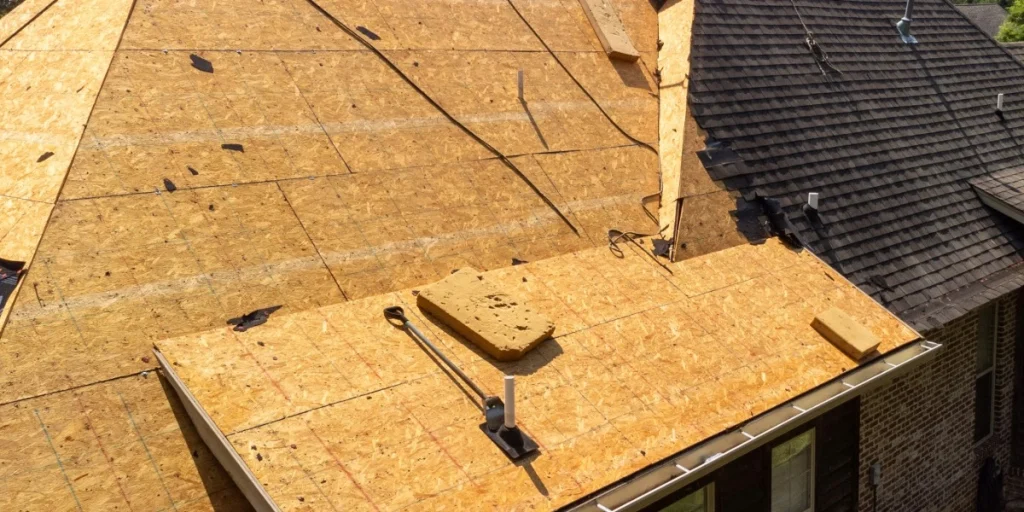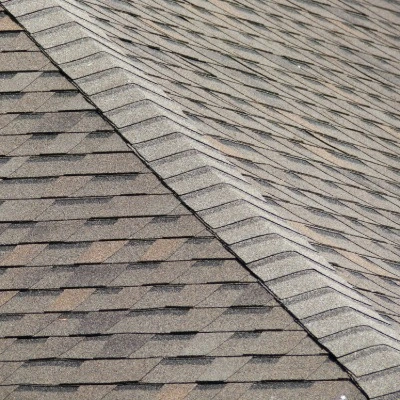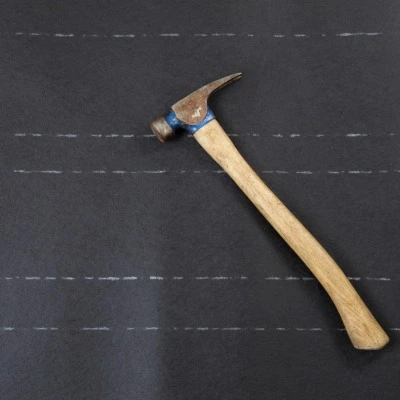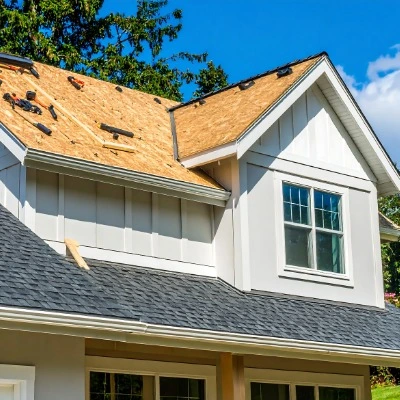
Most homeowners never think about their roof until something goes wrong. But understanding the anatomy of a roof prevents expensive problems and helps you make smarter decisions when it’s time for maintenance or replacement. Your roof isn’t just shingles. It’s a complex system of multiple layers working together to shield your Grand Rapids home from Michigan’s harsh weather, temperature extremes, and moisture damage.
The anatomy of a roof performs a vital function: protecting your house, possessions, and family. As a wise homeowner, you benefit from knowing as much about your roof as possible. For example, your roof probably has all these layers tucked beneath your visible shingles:
What Goes Under Roof Shingles?
- Roof shingles
- Water and ice shield
- Underlayment
- Roof deck
- Ventilation
- Insulation

Roof Shingles: Your First Line of Defense
Your roof shingles are what you see from the street. They’re the visible layer that takes the brunt of Michigan’s weather. Shingles provide your roof’s first defense against rain, snow, hail, and UV damage. Asphalt shingles are the most common choice for Grand Rapids homeowners because they offer excellent durability at a reasonable cost. A typical shingle roof might use 24 squares of shingles, each weighing between 230 and 250 pounds. That’s nearly 3 tons of protective material on your home.
Water and Ice Shield: Extra Protection Where You Need It Most
Shingles resist water, but they’re not entirely waterproof. That’s why professional roofers install water and ice shield in your roof’s most vulnerable areas. This thick, rubberized, self-adhesive material goes in two critical trouble spots:
- Your roof’s lower edge, where ice dams can form and cause water to seep up under shingles
- Your roof’s valleys, where two roof sections meet and allow water to channel, debris to build up, and snow to accumulate
- Around penetrations, such as chimneys, vent pipes, and skylights
This material provides extra defense exactly where your roof needs it most against harsh Michigan winters.

Underlayment: Your Roof’s Waterproof Barrier
Most homeowners don’t realize that sheathing and shingles are not waterproof. Both materials resist water, but only the underlayment is truly waterproof. This thin, rolled material covers your entire roof deck before a single shingle is attached. Underlayment has a unique resilience that allows it to seal around nail and staple holes, preventing water from seeping into your sheathing and reducing the chances of roof leaks and mold growth in your attic.
Roof Deck: The Foundation Supporting Everything Above
Your shingle roof sits on your home’s roof deck, which comprises two parts working together:
- Rafters: These structural beams determine your roof’s pitch and run parallel from the lower edge up to your ridgeline, usually spaced every 16 or 24 inches on center.
- Sheathing: Sheets of plywood or OSB (oriented strand board) cover the rafters and create a solid surface. Roofing technicians install these sheets with slight gaps to allow for thermal expansion.
Together, rafters and sheathing form a remarkably sturdy system that supports nearly 3 tons of shingles plus Michigan’s heavy snow loads.
Ventilation: Keeping Air Moving Through Your Attic
Soffit vents along your home’s lower edge allow air to enter your eaves and rise through your attic. The air exits along the ridge through ridge vents, gable vents, or powered ducts. Every Grand Rapids home benefits from adequate attic ventilation. Your roof and home stay healthier, and your living space stays more comfortable when air constantly moves through the attic, keeping temperatures and moisture levels balanced with the outside environment.
The Cost of Poor Ventilation
Inadequate ventilation can cause serious problems:
- Roof layers degrade and fail prematurely from excessive heat
- Insulation lifespan decreases
- Pests invade and set up housekeeping in your attic
- Ice dams form along your roof’s edge in winter
- Extreme attic heat makes your air conditioner work harder in summer
Proper ventilation protects both your roof system and your home’s energy efficiency year-round.
Insulation: Separating Your Living Space from the Attic
Inside your home’s attic sits thick, fluffy insulation, which can be cellulose, paper-backed fiberglass, or blown-in material. It keeps attic air separated from the air in your living space. Your attic’s air should match the temperature and humidity level of the outside air, keeping your roof in harmony with the surrounding environment. This protects against ice dams during Michigan winters and extends your roof’s lifespan in summer, while reducing your heating and cooling costs.
Getting Your Insulation Level Right
Many homeowners mistakenly believe you can never have too much insulation, but packing your attic full is just as harmful as having too little. Your attic must allow air to circulate from the eaves to the ridge. If insulation blocks your soffit vents or gets compressed, it disrupts the ventilation system that protects your roof. Professional roofers know exactly how much insulation your attic needs and how to install it without compromising airflow.
Protecting Your Investment with Quality Materials
When you arrange for a full roof replacement, ask about all these roof components. Budget for the best quality materials you can afford to ensure a long, healthy life for your Grand Rapids home’s roof. Each layer plays a specific role, and cutting corners on any component can compromise the entire system.
Moore and Sons Roofing in Grand Rapids, Michigan, is your best choice in residential roofers. Contact us today for all your roofing needs. Be sure to ask us about our quality guarantees and strong warranties.



